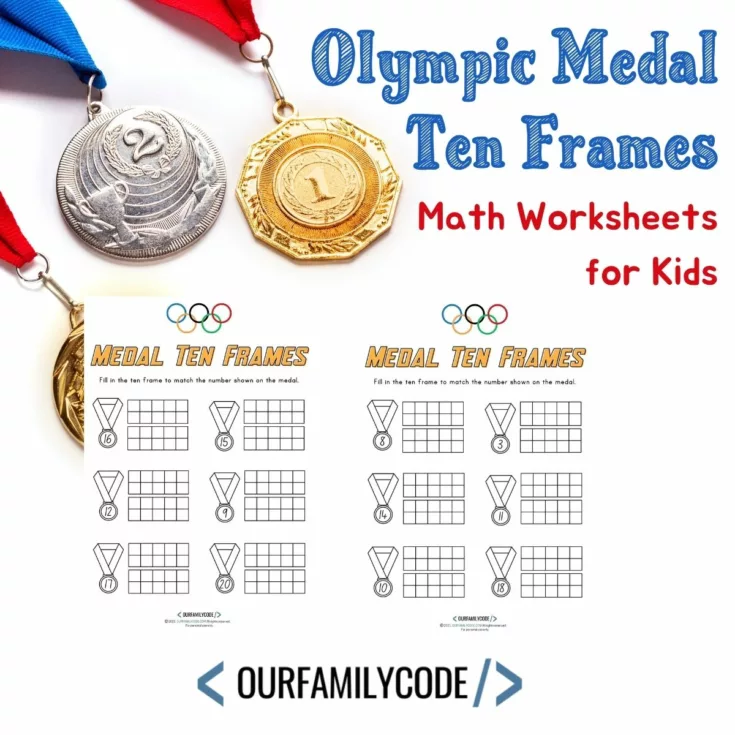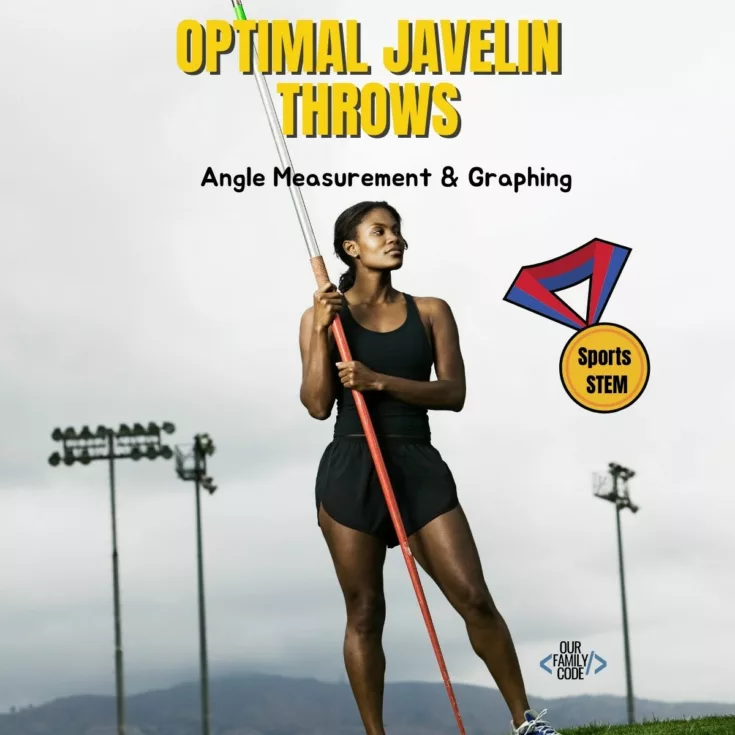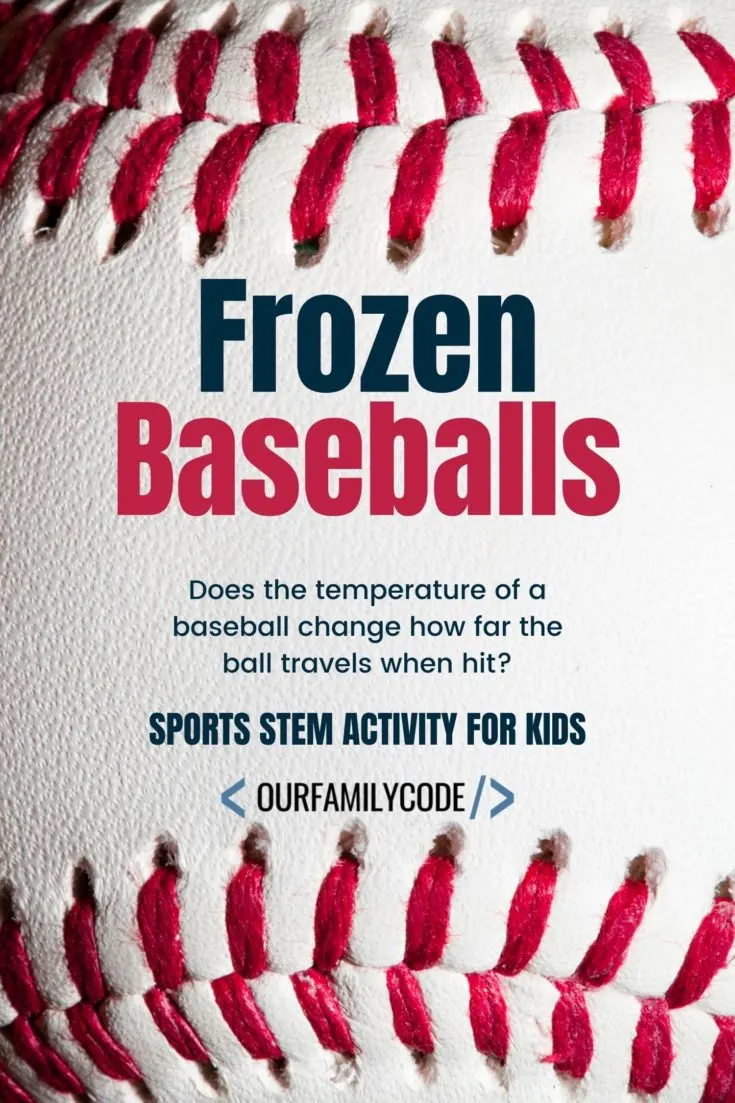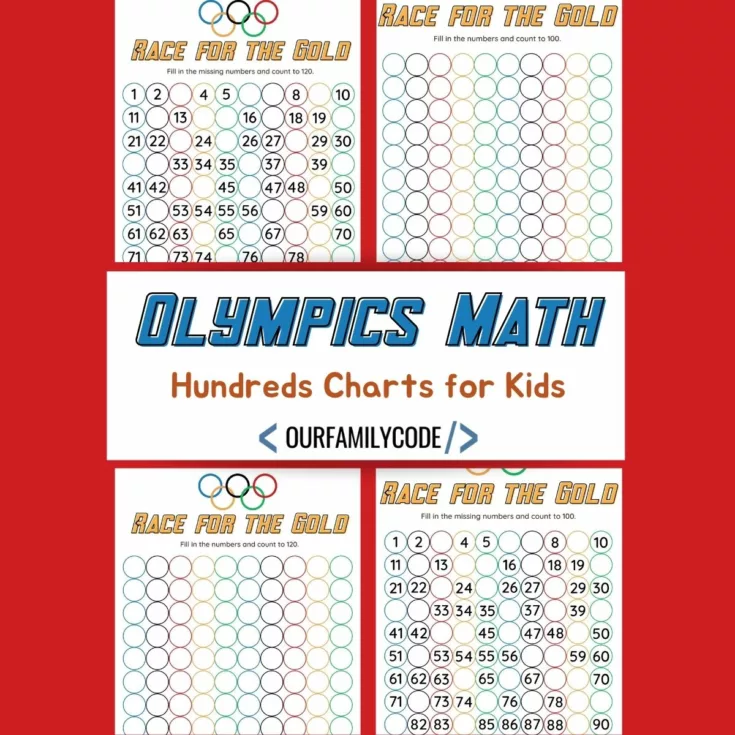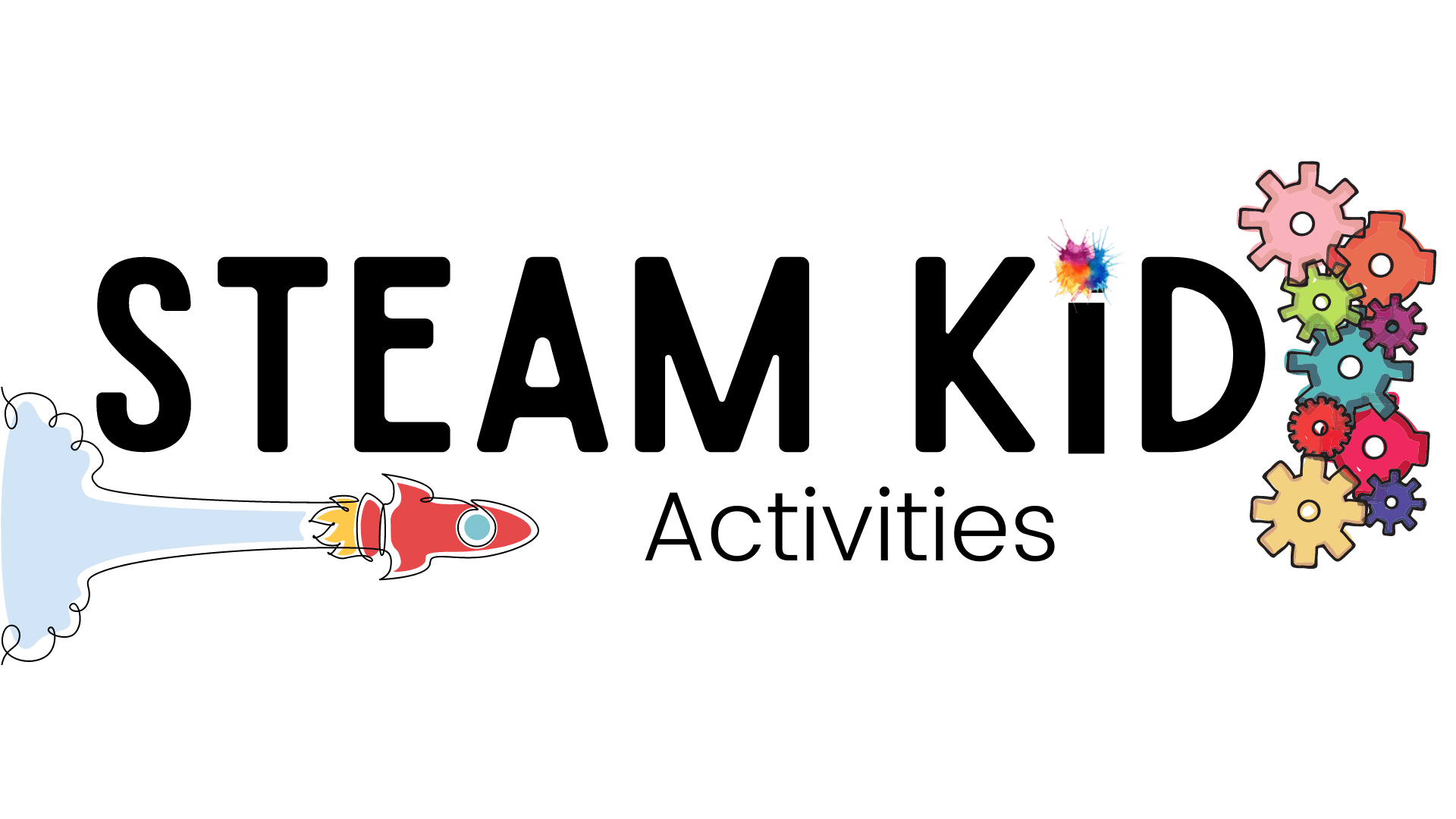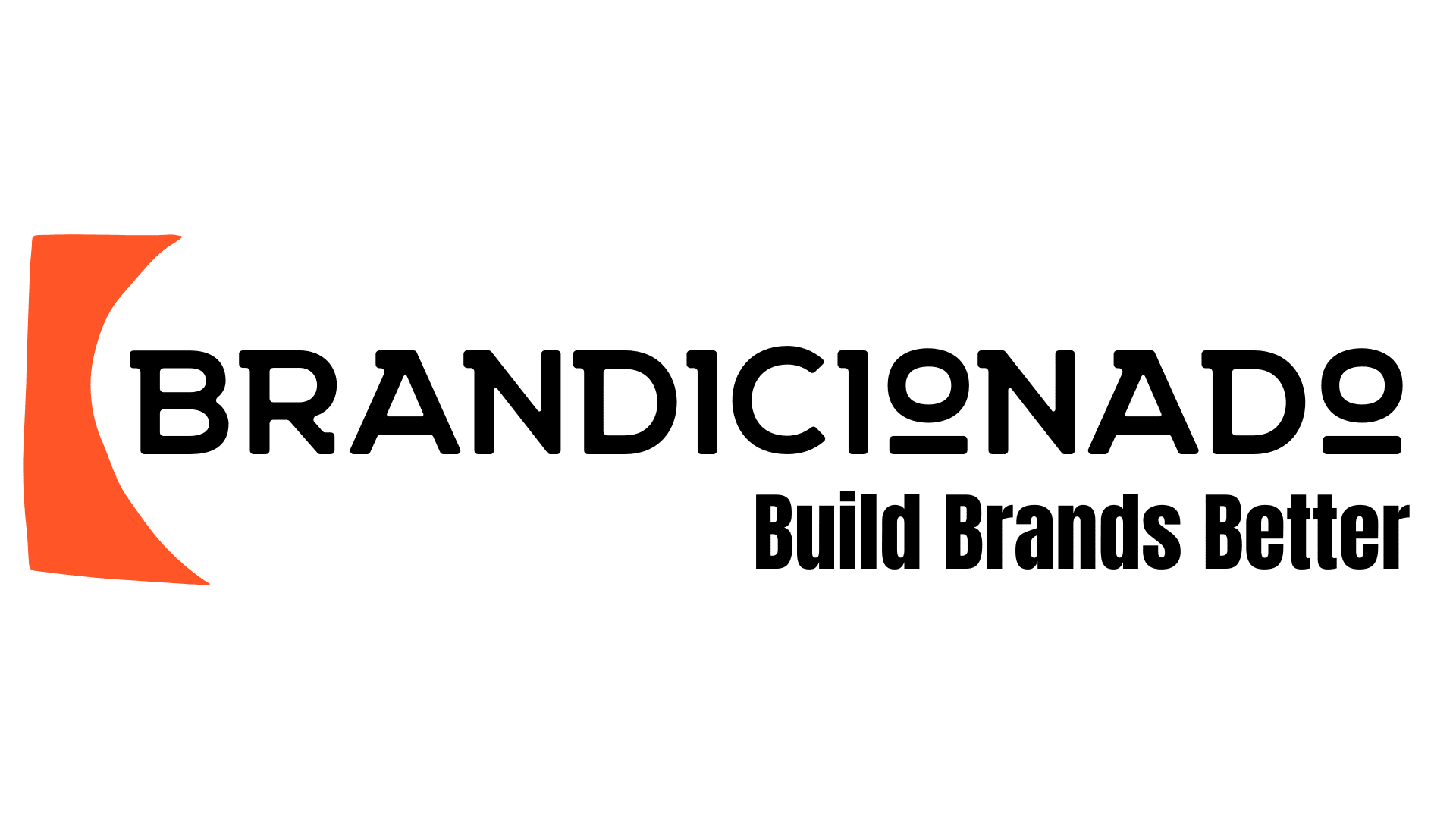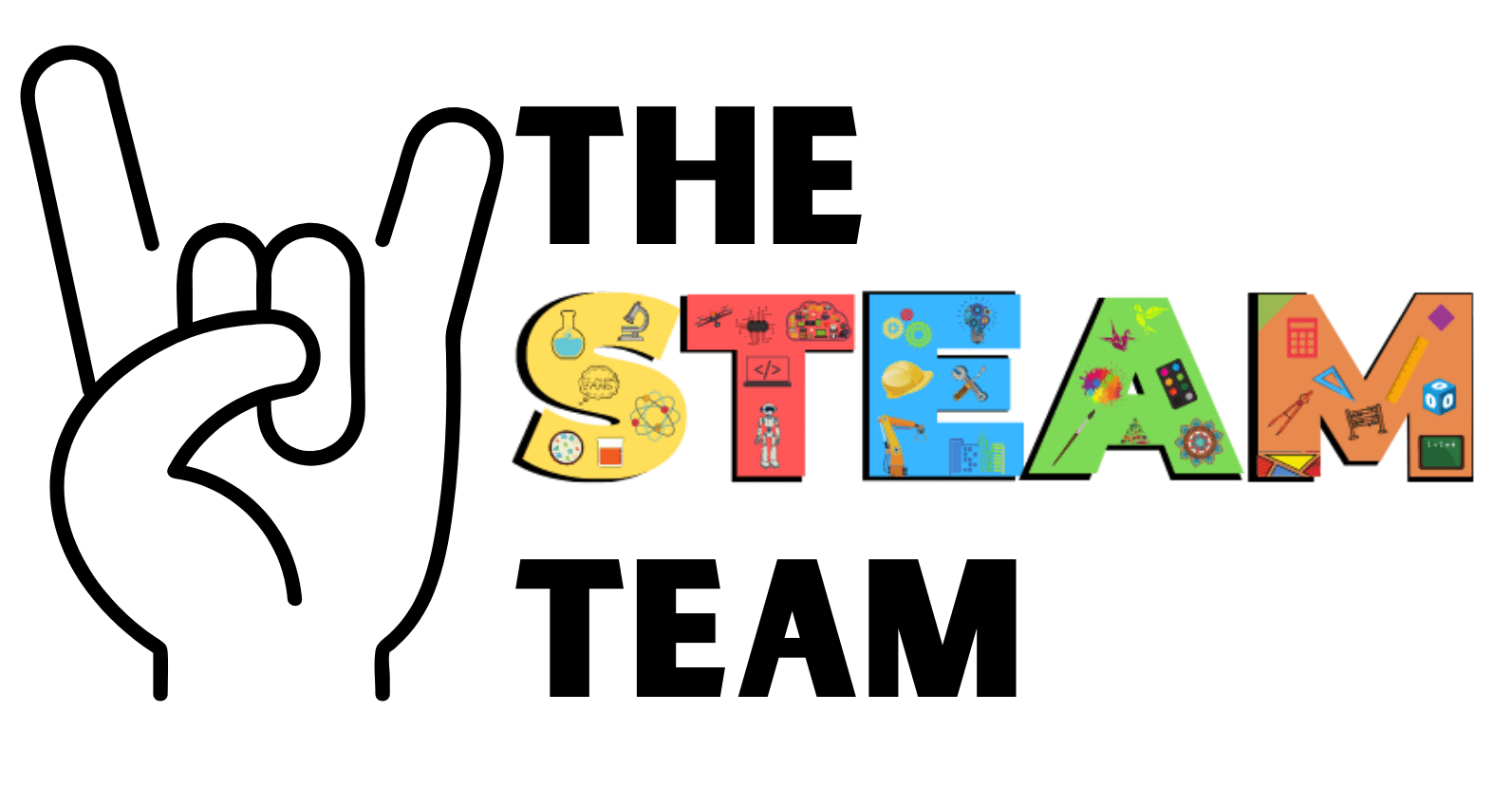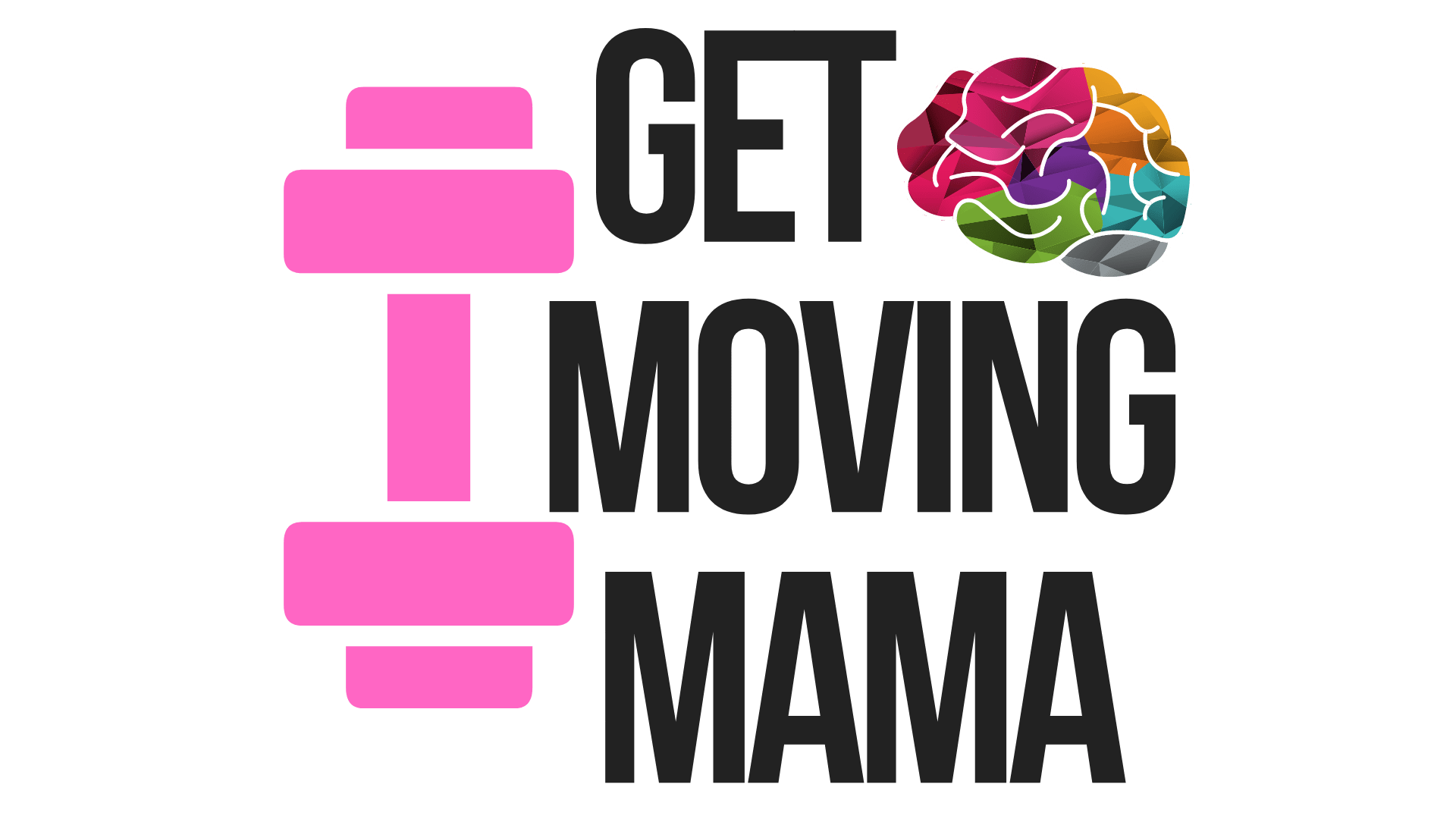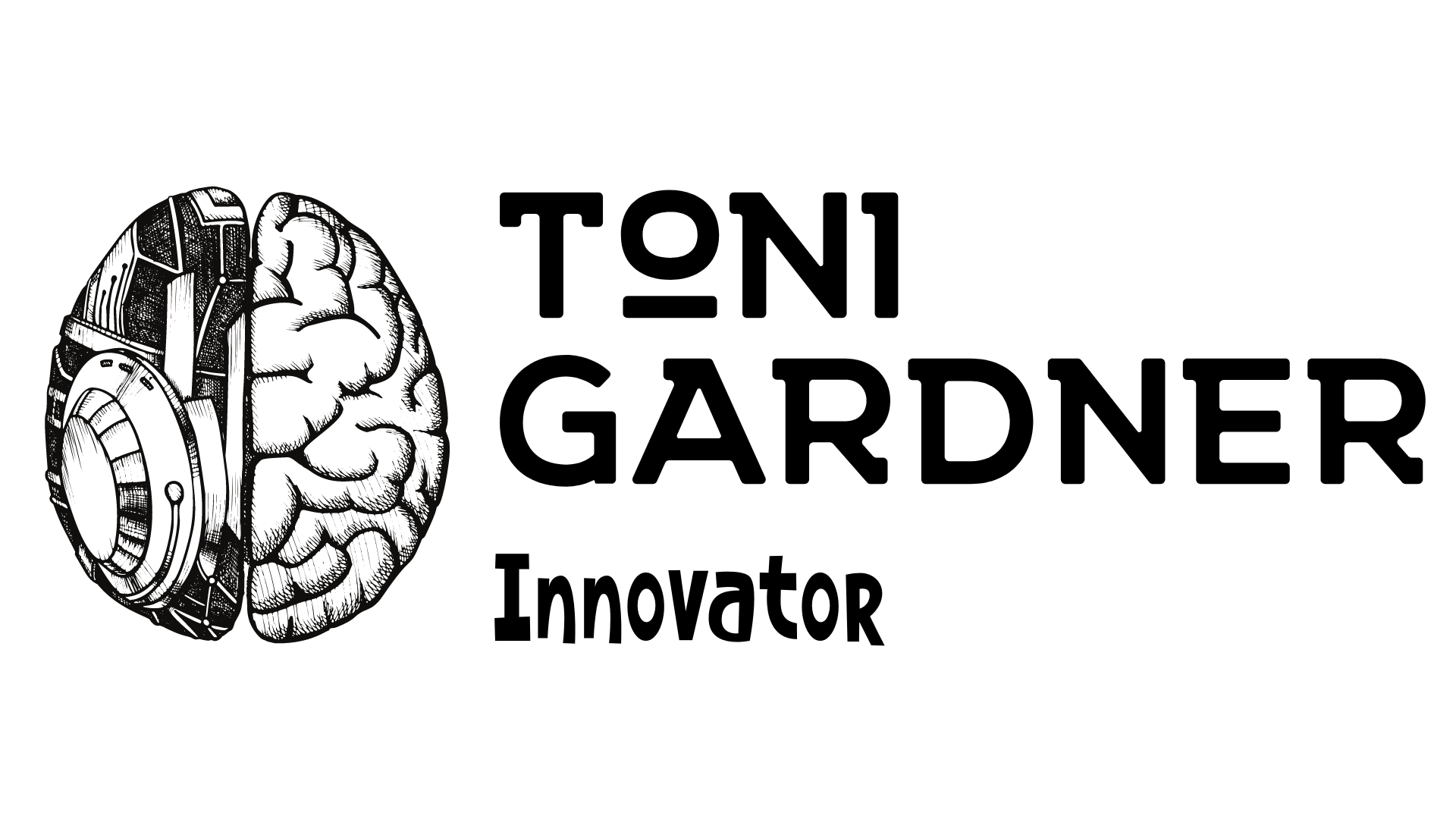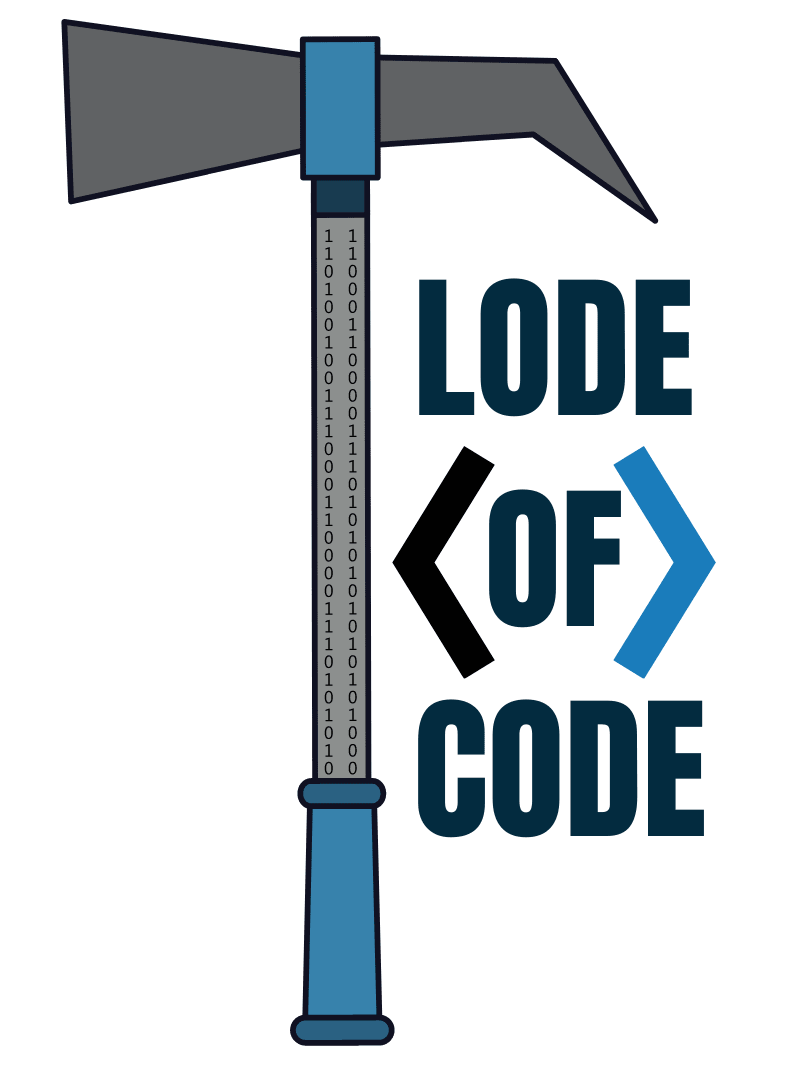Gymnasts use angles to analyze and enhance their performance. This sports STEM activity challenges kids to measure athlete angles in Olympic Sports.
Practice geometry skills while celebrating summer sports with this Gymnastics geometry activity that teaches right, acute, and obtuse angles by identifying them in pictures of athletes competing in Summer Olympics sports.
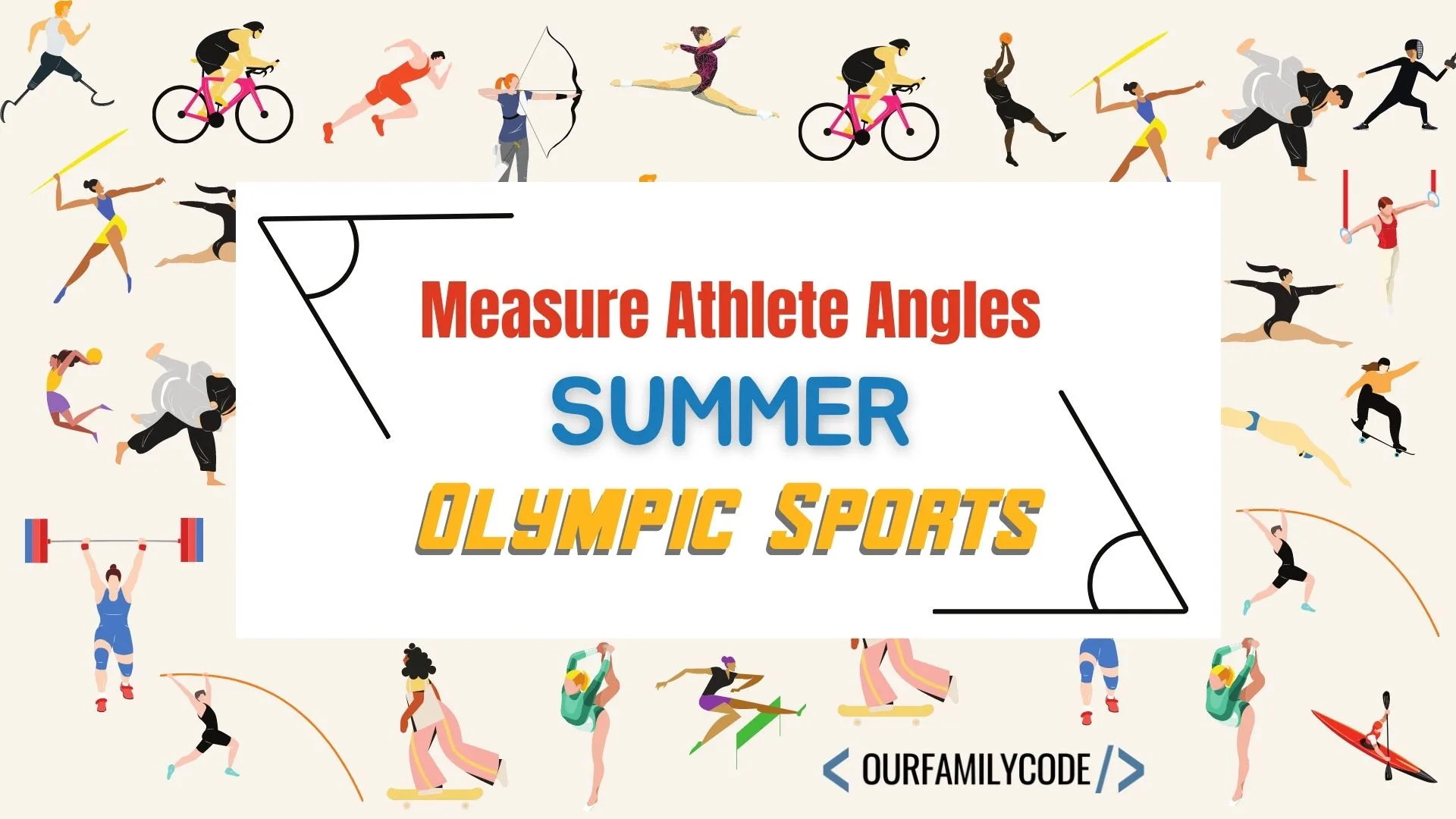
Common Core School Standards Math
This activity supports the following CCSS math standards.
CCSS4.G.A.2 – Classify two-dimensional figures based on the presence or absence of parallel or perpendicular lines, or the presence or absence of angles of a specified size. Recognize right triangles as a category, and identify right triangles.
CCSS4.MD.C.5 – Recognize angles as geometric shapes that are formed wherever two rays share a common endpoint, and understand concepts of angle measurement.
CCSS4.MD.C.6 – Measure angles in whole-number degrees using a protractor. Sketch angles of specified measure.
What is an angle?
When two lines intersect at a point, they form an angle. The point where the lines meet is called the vertex. The size of an angle is found by measuring the amount of turn from one arm of the angle to the other arm.
Types of Angles
Angles are classified according to their size.
| Type of Angle | Angle Size (°) |
|---|---|
| Acute | Between 0° and 90° |
| Right | Exactly 90° |
| Obtuse | Between 90° and 180° |
| Straight | Exactly 180° |
| Reflex | Between 180° and 360° |
| Revolution | Exactly 360° |
An acute angle is greater than 0 degrees and less than 90 degrees.
A right angle is equal to exactly 90 degrees. A right angle is in the shape of a perfect corner like the corner of a piece of printer paper.
An obtuse angle is greater than 90 degrees and less than 180 degrees.
A straight angle equals exactly 180 degrees.
A reflex angle is an angle that is greater than 180 degrees and less than 360 degrees.
A perigon or a revolution is an angle that equals 360 degrees.
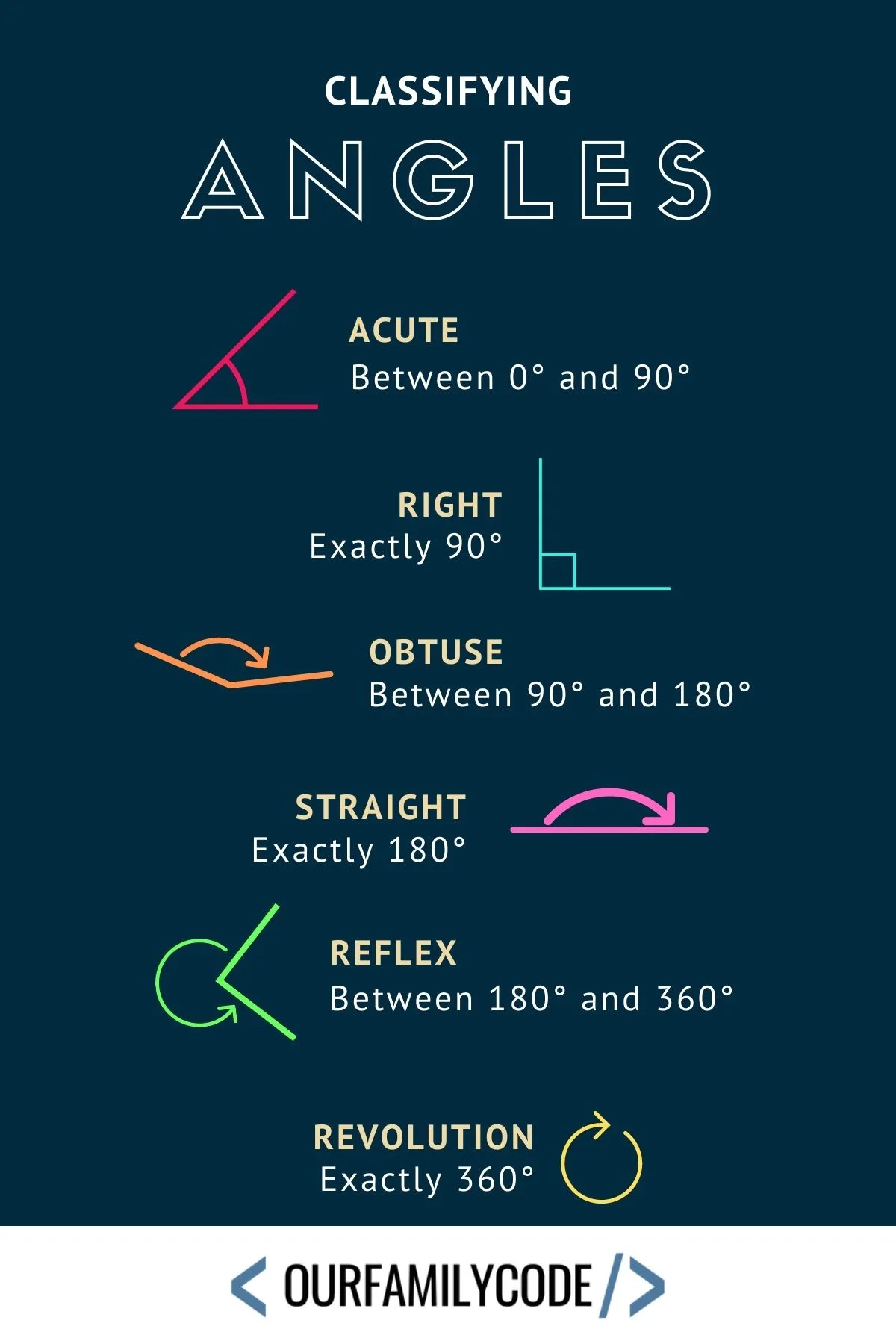
Complementary Angles
Complementary angles are two angles with a sum of 90°. Together the two angles form a right angle.
Supplementary Angles
Supplementary angles are two angles with a sum of 180°. Together the two angles form a straight line (or straight angle).
Measuring Angles
Angles are measure in degrees. A protractor is a mathematics tool that measures how many degrees an angle is. To use a protractor, line up the dot on the center of the bottom of the protractor with the vertex (intersecting point) of the angle.
Make sure that the 0° mark lines up with one arm of the angle and then read the protractor to see where the other arm of the angle lines up.
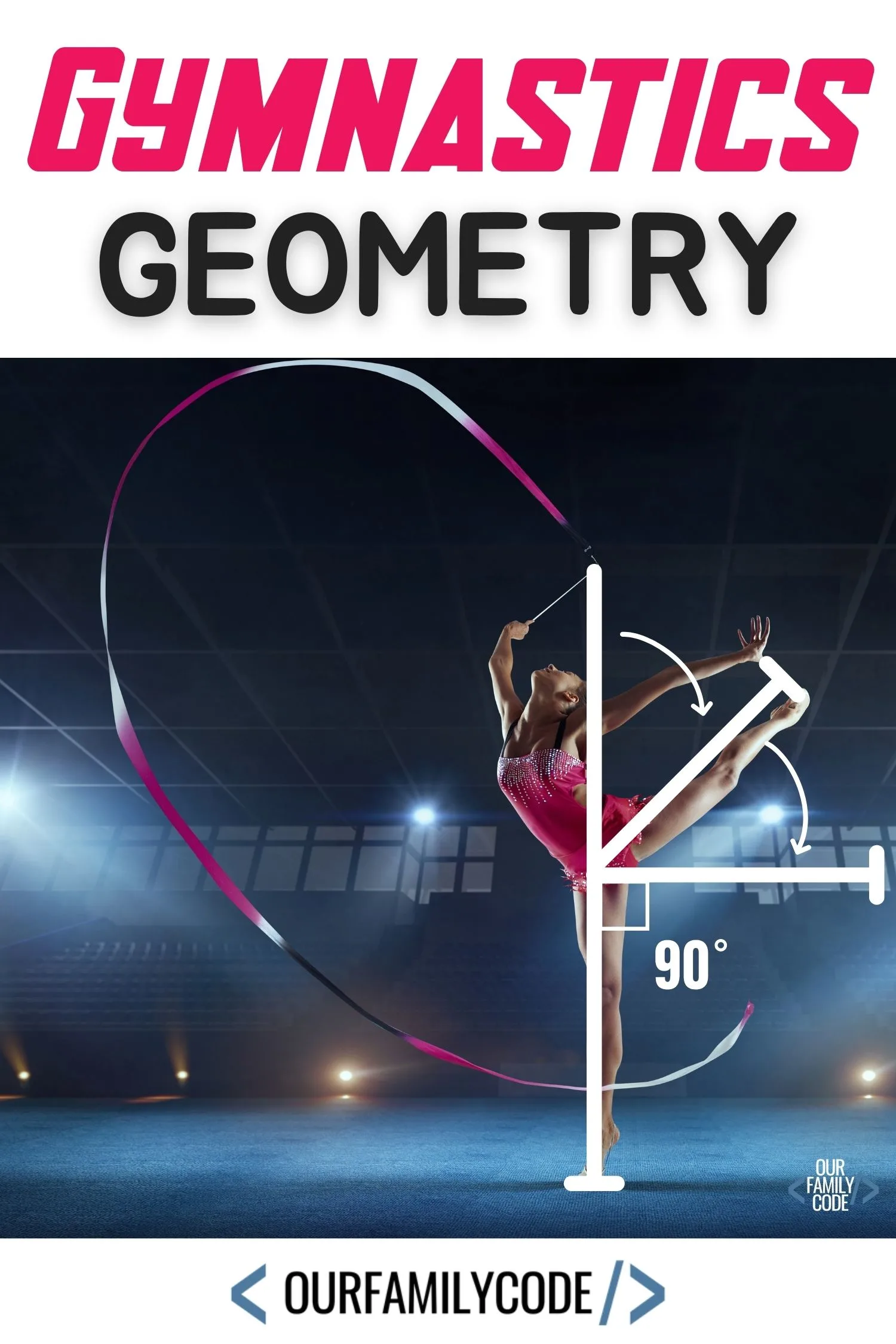
Athlete Angles Geometry Activity
This activity is designed to reinforce the concept of measuring different types of angles and recognizing how those angles are used in different Summer sports.
This post contains affiliate links. As an Amazon Associate, Our Family Code earns from qualifying purchases. Please see our Disclosure Policy for more details.
Athlete Angles Worksheet Directions
Use a protractor to measure the angles. Write the type of angle and measurement for each athlete in the table on the worksheet. If you do not have a protractor, there is a printable protractor on the last page of the the free Athlete Angles workbook.
You’ll need the following materials:
- Ruler
- Protractor
- Athlete Angles Worksheets (grab these for free at the end of this post!)
How do Angles affect Javelin Throws?
The distance that a javelin travels depends on the speed that the javelin is thrown at, the angle of release, the height that the javelin is released from the ground, and the acceleration due to gravity.
For more Javelin throw angles, you can measure the angle of release to determine whether the athlete is in position for an optimal javelin throw with this Summer Olympics optimal throw javelin analysis activity.
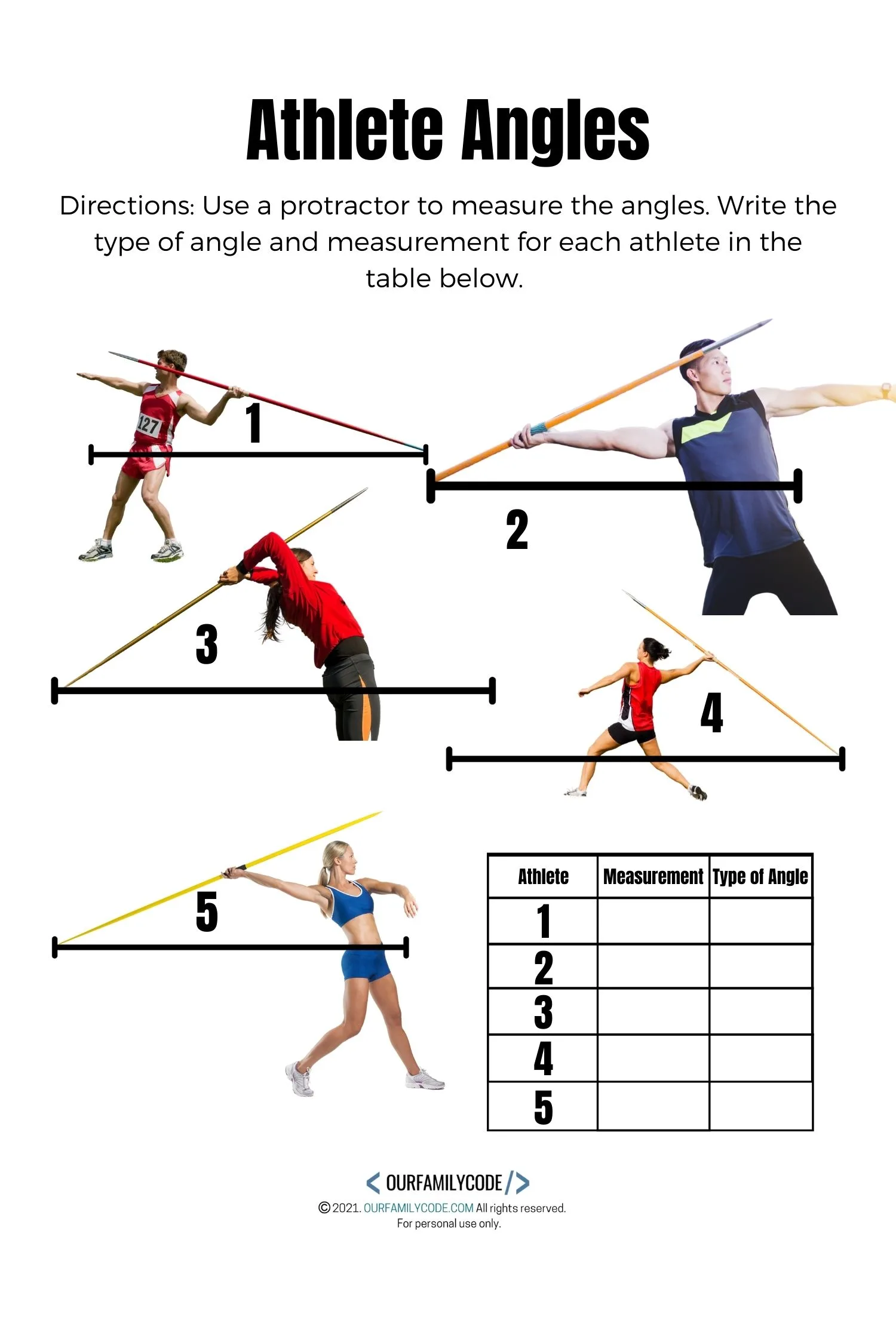
What types of angles are used in Gymnastics?
How do gymnasts like Simone Biles use angles to better their performance? They have coaches and experts who identify the best position for their body to be in to learn how to land new flips, twists, and more!
Angles are used a lot in gymnastics for moves like handstands, aerial flips, and flips. A perfect handstand is actually a 180° angle! An example of an obtuse angle is an aerial.
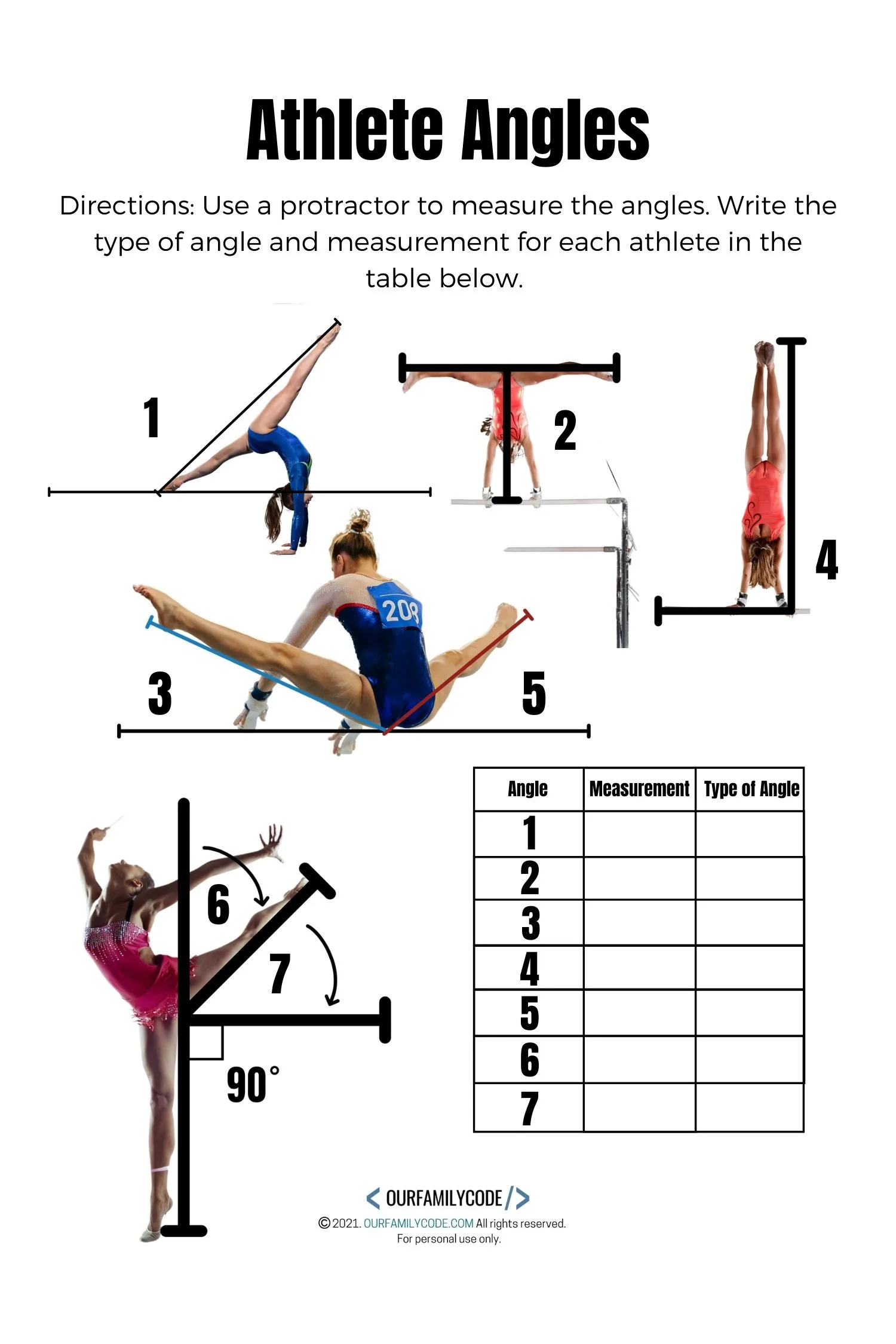
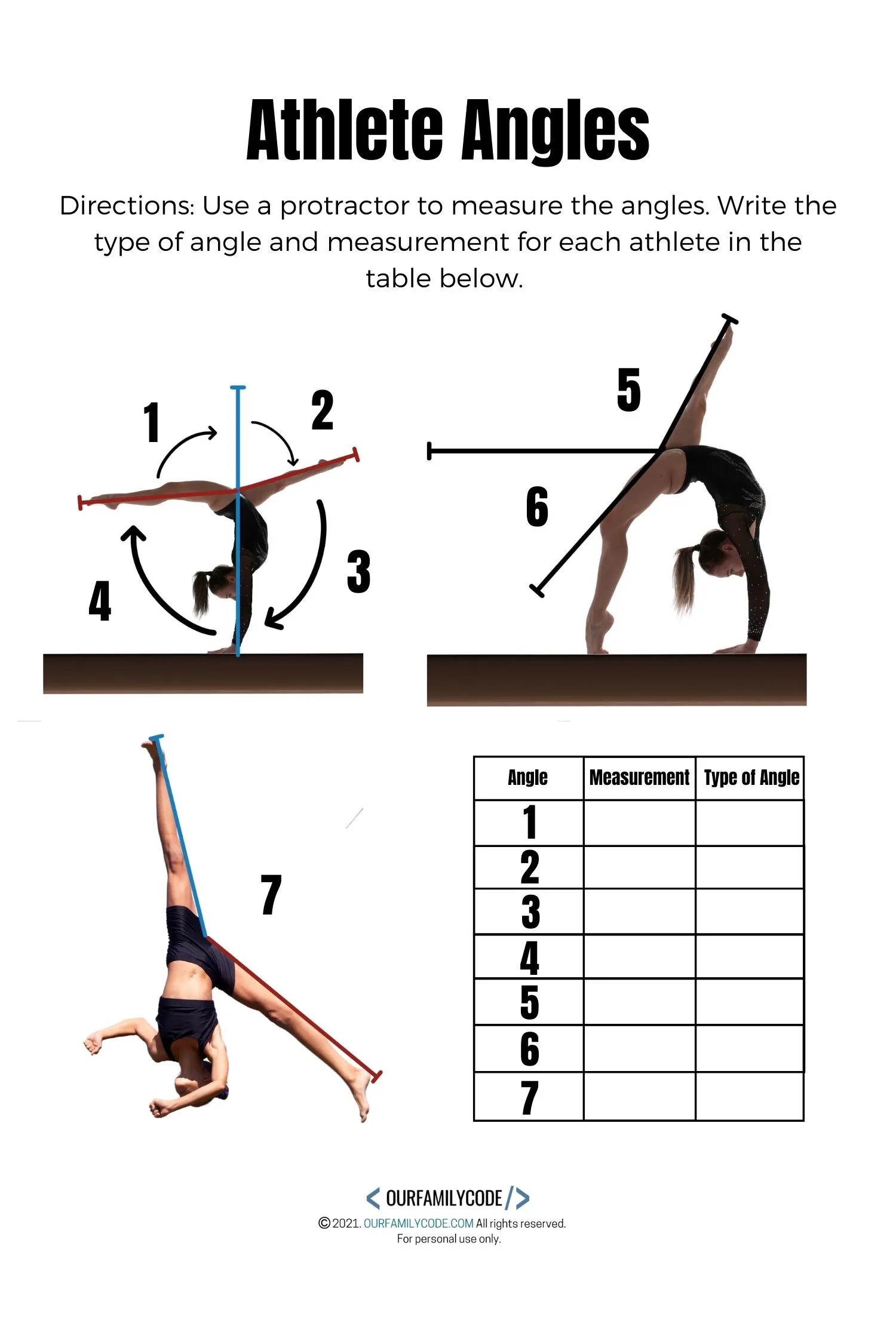
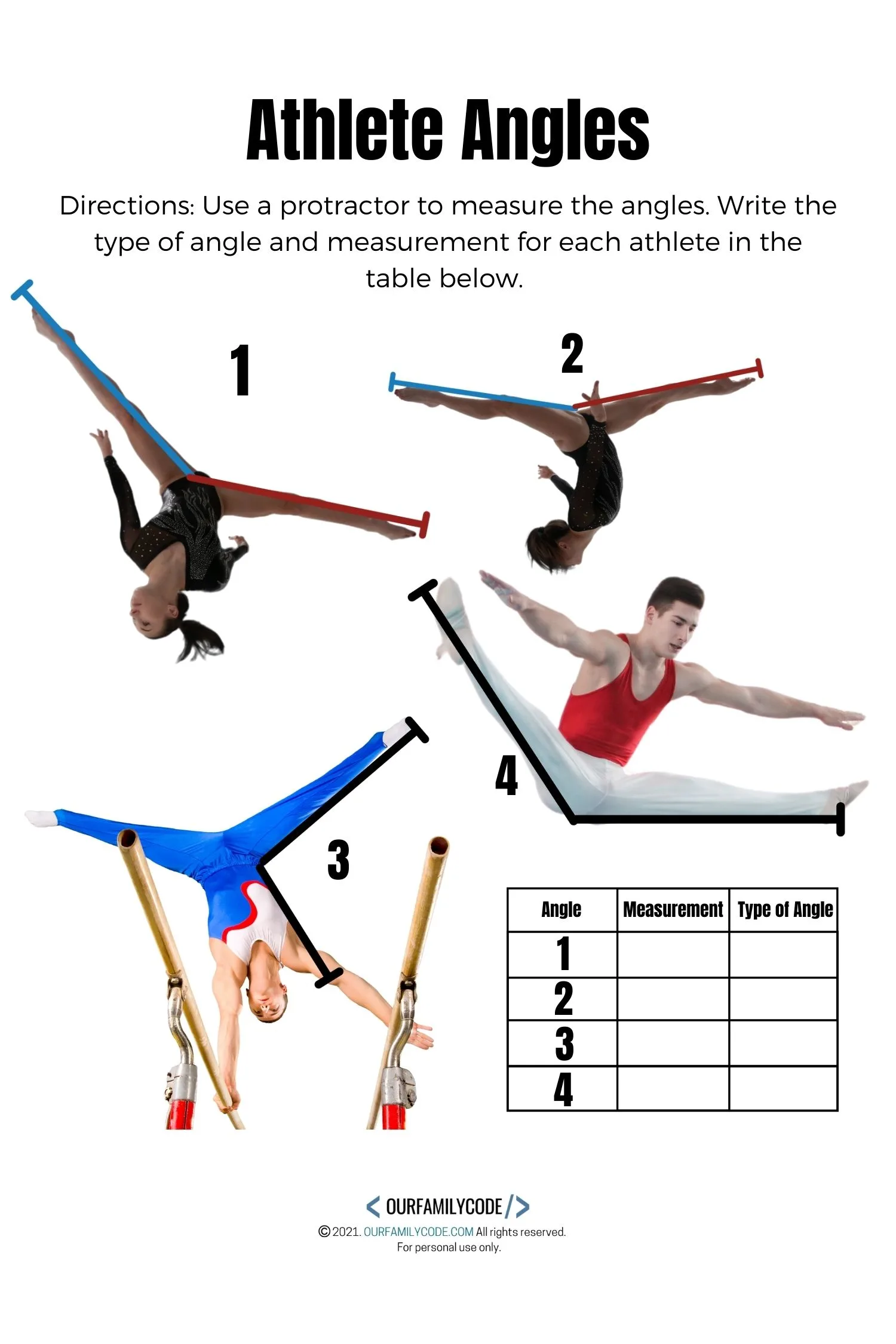
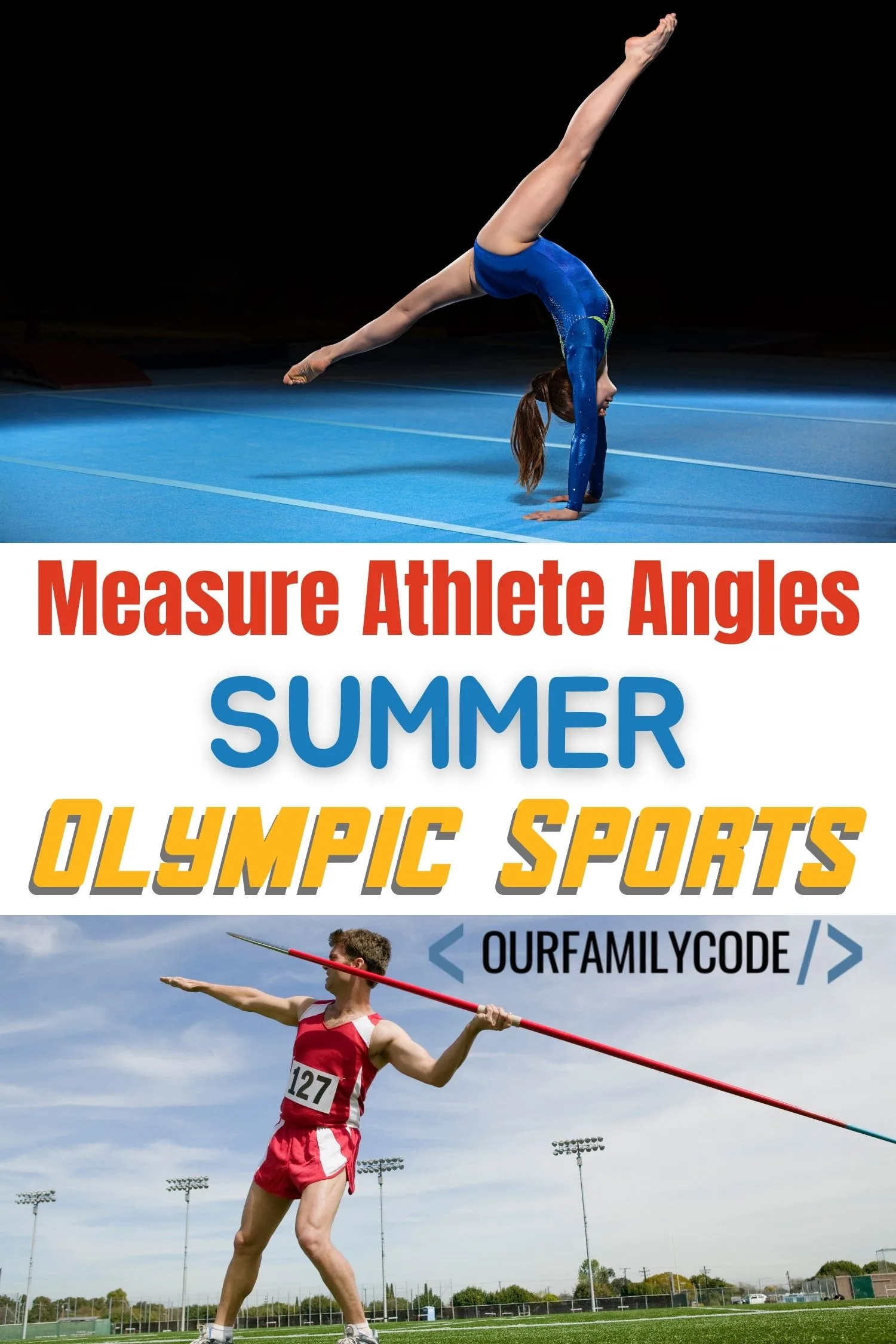
Olympic Games Activities for Kids
Find more hands-on learning activities that are perfect for learning about the Olympics!
Olympic Medal Ten Frames Worksheets for Kids
These Olympic medal ten frames math worksheets are fantastic to work on basic number facts with a fun Olympics twist for Pre-K to 1st grade!
Optimal Javelin Throw Angle Measurement & Graphing
Analyze the optimal javelin throw with this Summer Olympics optimal throw javelin angle measurement and graphing Sports STEM activity.
Frozen Baseball Experiment Sports STEM
Learn what happens when baseballs get cold and learn the history of how baseballs are made with this frozen baseball experiment Sport STEM activity!
Olympic Hundreds Chart: Fill in the Olympic Rings
Practice number recognition and counting within 120 by placing the correct number inside the empty rings on this Olympic hundreds chart!
Team USA Medal Tracker Hundreds Chart to 130
Use this Team USA medal tracker to record each medal that Team USA wins during the Olympic Games and complete a hundreds chart to 130.
Map the Olympic Host Cities World Geography Activity
This world geography activity challenges kids to use technology to map the Olympic host cities since the Summer Olympics started in 1896.
Meet Toni, the Maker Mom behind Our Family Code

Hey there, I’m Toni! I’m a software engineer and Maker Mom that finds my joy in unleashing my children’s curiosity by exploring STEAM concepts with my fantastic five!
When I’m not chasing toddlers or raising tweens, you can find me tearing things up and putting them back together over here at Our Family Code.
I am the owner and content creator of multiple educational websites designed to increase access to STEAM & STEM education with a focus on teaching computer science and coding to kids of all ages!
You can also find out more about me by visiting ToniGardner.com!
